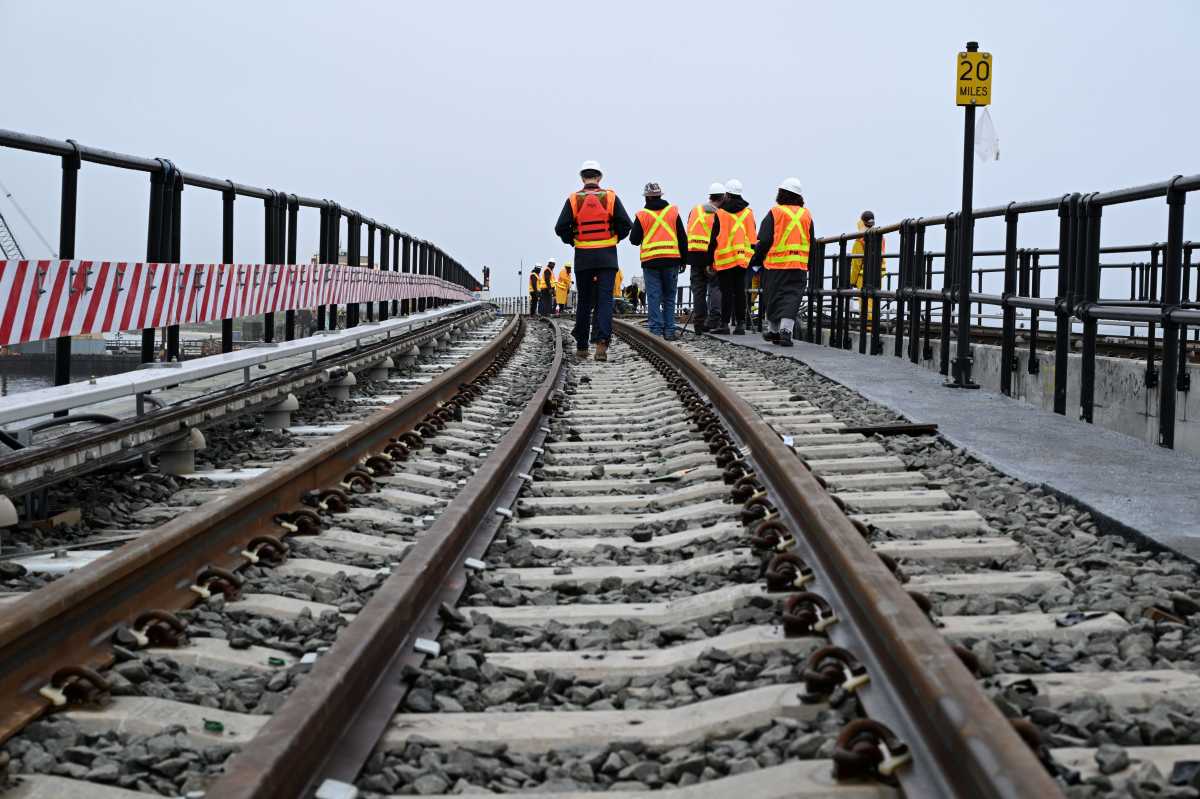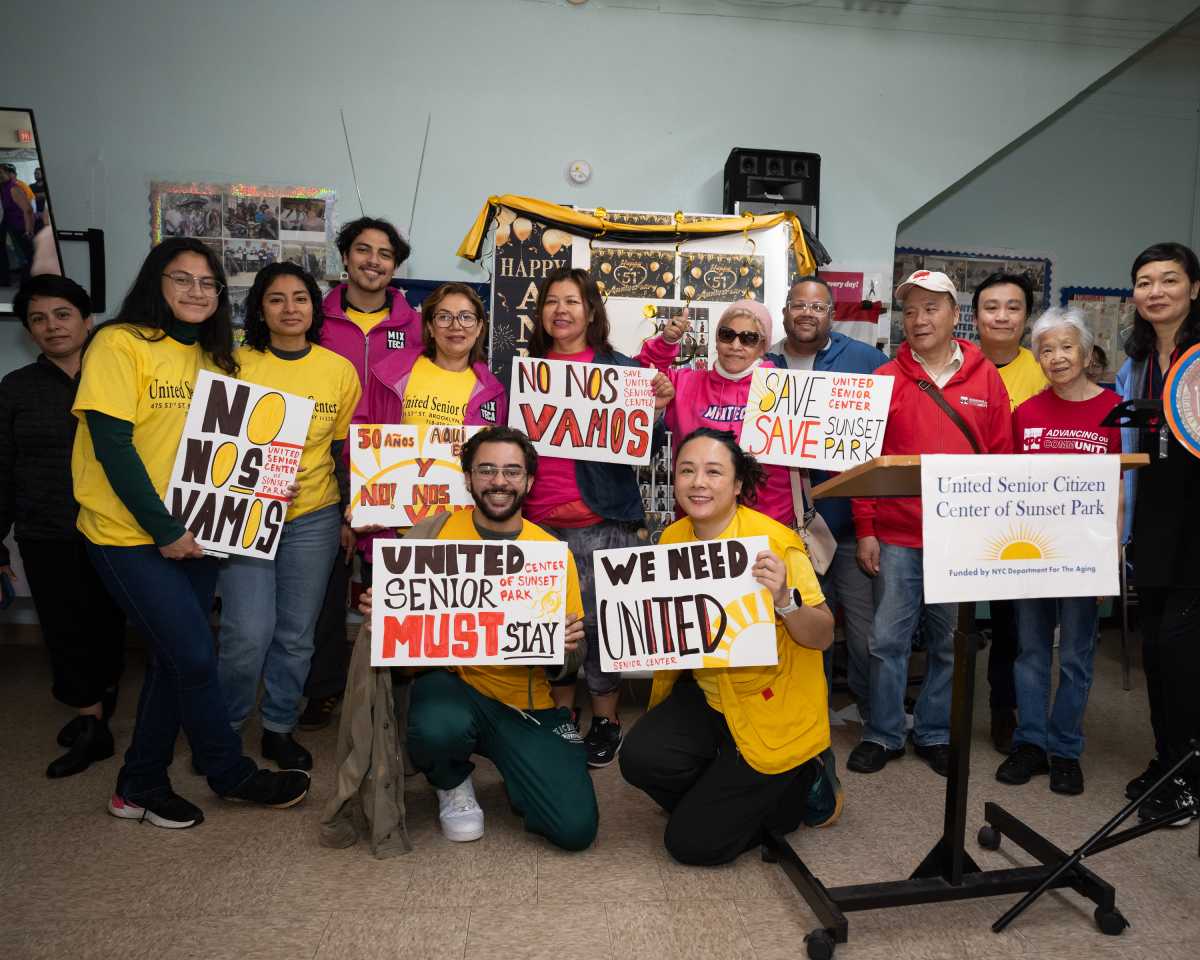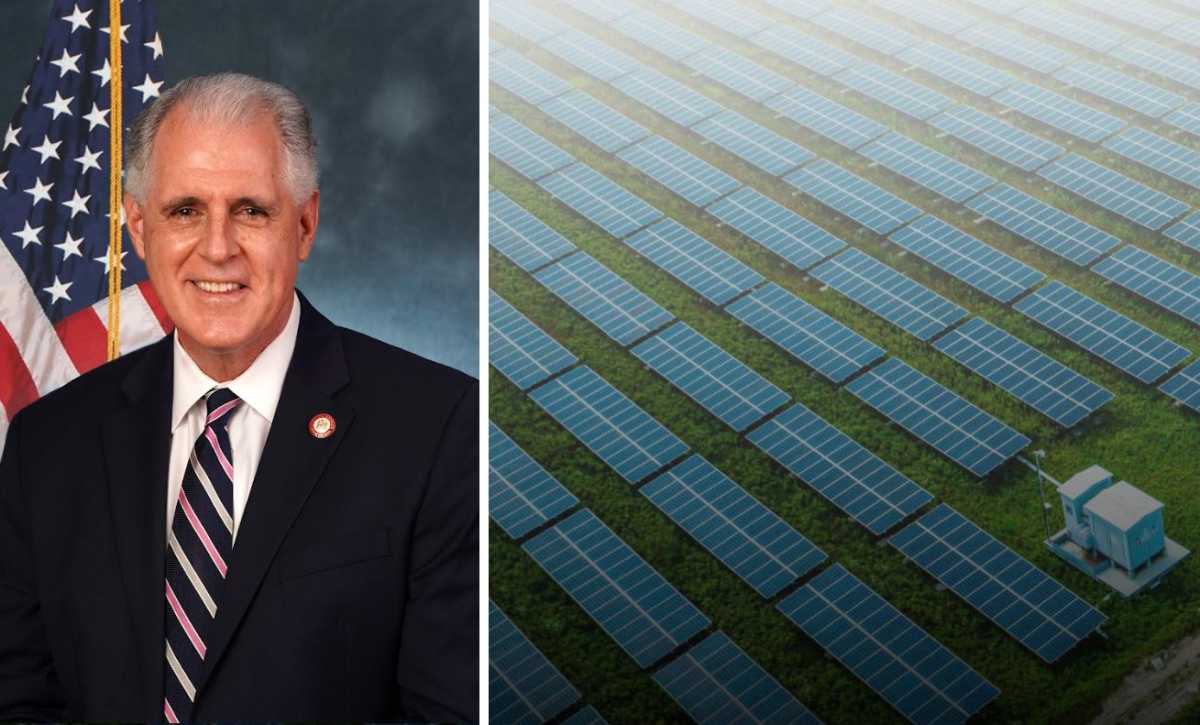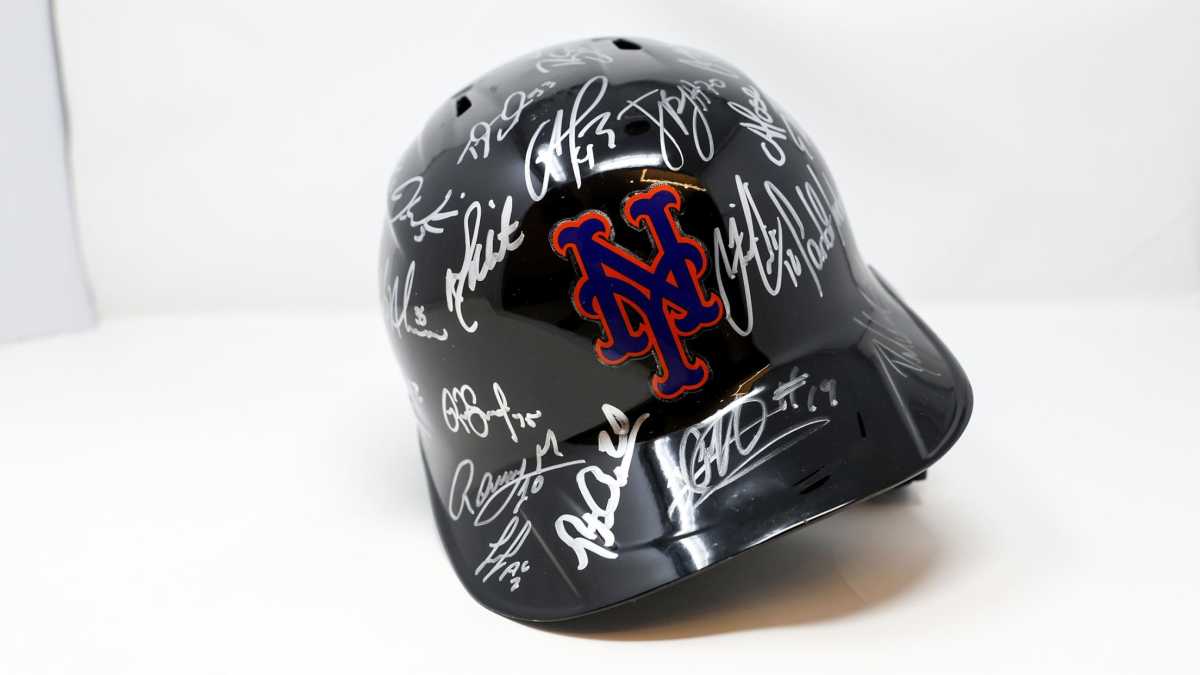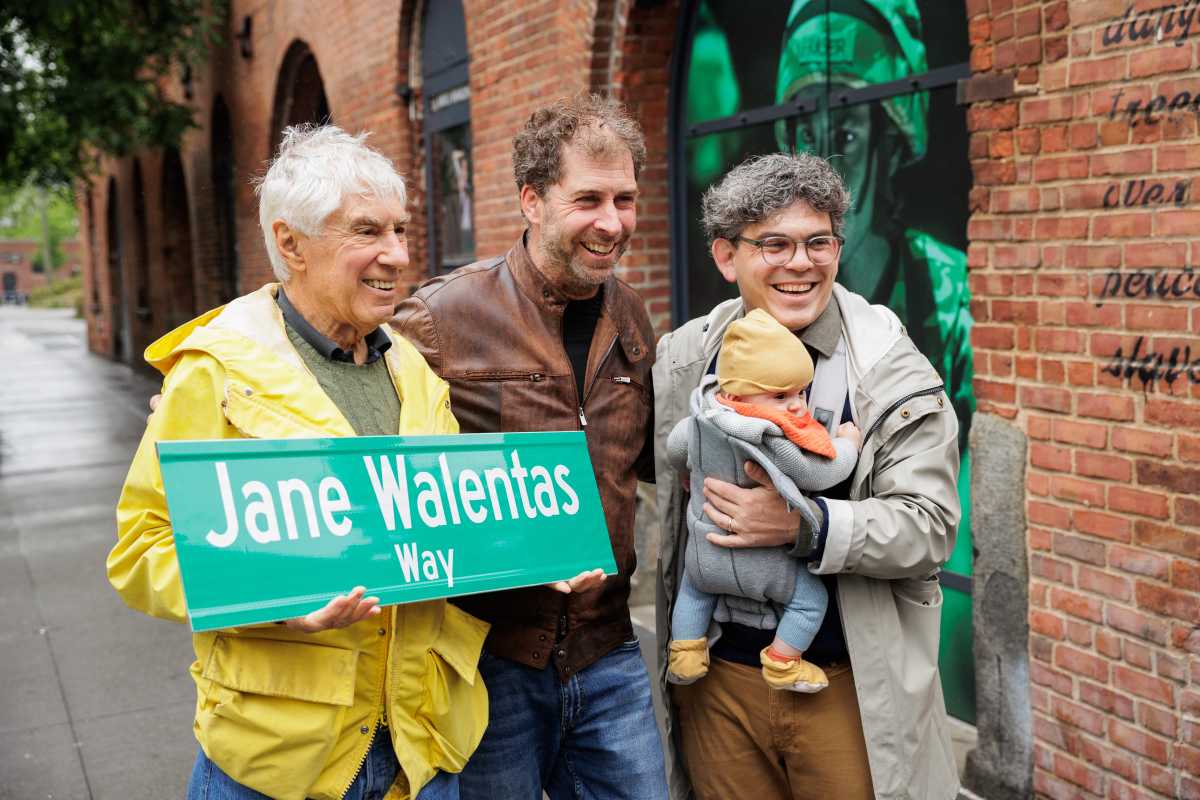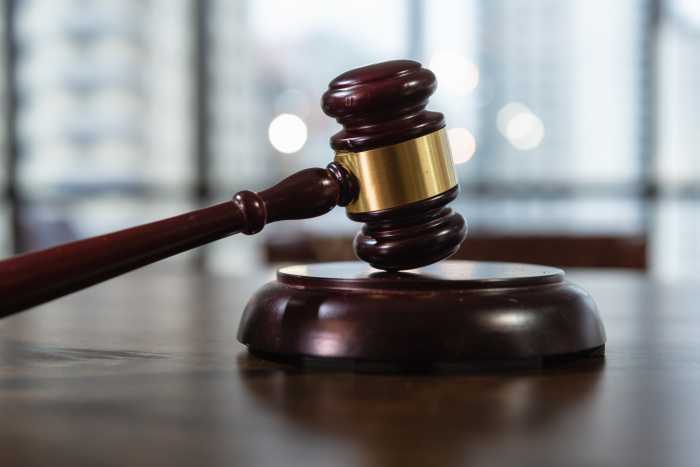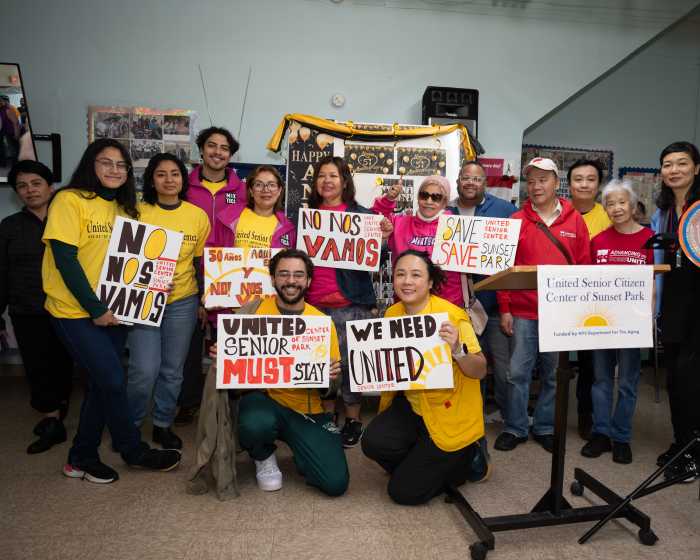By Scott Harrah
Former President Richard M. Nixon — for those of us old enough to remember — was a caricature of a man. The ill-fated president, derisively referred to by his detractors as “Tricky Dick,” disgraced America in the 1970s with the Watergate scandal. With his bulbous facial features and quivering voice, he was an easy target for political satire and countless impersonations by comedians, and an inspiration for a popular Halloween mask. Attempting to recreate a man so infamous worldwide and ridiculed for his cartoonish looks would be a challenge for any actor, but in “Frost/Nixon,” Frank Langella goes beyond the usual one-dimensional portrayals of the man to show that there was more to Nixon than corruption and fodder for jokes on the late-night TV circuit. Langella gives us a look at the dark and vulnerable corners of Nixon’s troubled soul.
This British import, written by Peter Morgan (who penned the Oscar-nominated screenplay for the Helen Mirren bio-drama “The Queen”), was first mounted in London and has a unique foreigner’s view of Nixon and Watergate. While one might expect the entire show to be a mere reenactment of UK talk-show host David Frost’s legendary, 1977 series of interviews with Nixon about his downfall, it is anything but. Instead, this is an incisive account of how much effort went into landing the interview of the century, and just how much of an impact television had on exposing the tortured psyche of Nixon to the world.
As David Frost, actor Michael Sheen (who played British Prime Minister Tony Blair opposite Mirren in “The Queen”) captures the essence of a man who was essentially a pop-culture “fluff” journalist that outbid CBS and Mike Wallace to the sum of $600,000 for the chance to grill Nixon on TV over the course of a few days. Before he decided to take on the failed president, Frost was best known on this side of the Atlantic as the host of a moderately successful American talk show that had been canceled a few years earlier. He was busy working on an Australian version of his show, and the biggest name he’d sat down to chat with at the time was Wimbledon champion Yvonne Goolagoong.
Michael Grandage directs the actors playing these historical figures with a sense of truth, allowing Langella to depict Nixon as a natural, flawed human, instead of resorting to grotesque lampoonery and political burlesque. Sheen’s take on Frost — sometimes portrayed as a partying playboy who hung out with the jet set — is also humble at heart, and Morgan’s script shows that there were some similarities between the journalist and the president.
However, both Frost and Nixon had separate goals. For Frost, the chance to cross-examine the ex-president was an opportunity to reclaim his onetime glory in the USA and New York (where at one point he always had the best table at Sardi’s). Nixon thought the interviews would be a good PR move to help mend his tarnished, tattered image and also make a profit simultaneously.
The majority of the play is a behind-the-scenes, fictionalized account of how difficult the preparations for the historic interviews were. Frost initially had to come up with the money for the interviews out of his own pocket (even 30 years ago, the Brits were indulging in “checkbook journalism”), networks were skeptical about airing the shows, and sponsors were scarce.
As the taping of the interviews gets underway, Frost goes for the heavy-hitting questions that everyone in the world wants to ask Nixon. Much of the real drama of the show takes place in the show’s final moments, as we see a close-up of Nixon’s face on a big-screen TV hovering above the set. In a matter of seconds, all the ugly truths about one of the biggest travesties in American politics are reduced to a few sound bites, showing just how powerful the medium of television can be.














